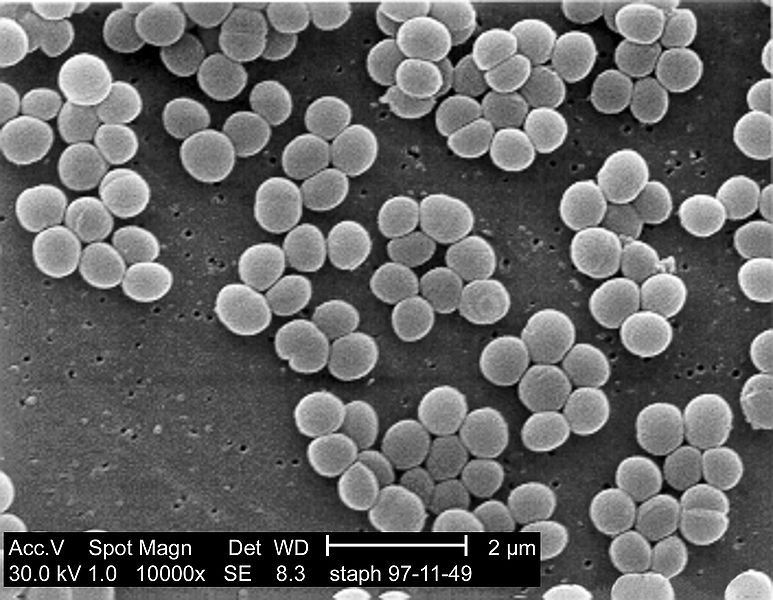Podcast: Play in new window
BOB HIRSHON (host):
How antibiotic resistance spreads. I’m Bob Hirshon and this is Science Update.
Many bacteria, like Staph, can actually pass antibiotic resistance genes back and forth to each other. Now, a team led by microbiologist Matthew Redinbo of the University of North Carolina at Chapel Hill has identified exactly how they do it. He says it was known that Staph transferred the resistance through small rings of DNA called plasmids. His team worked out exactly how a key enzyme snips open the bacteria DNA so the plasmid can get into it.
MATTHEW REDINBO (University of North Carolina, Chapel Hill):
And by understanding those things, we start to get detailed information about where we might be able to disrupt this process.
HIRSHON:
In fact, his colleagues at Cal Tech created a polymer that binds to the enzyme’s target, and prevents the transfer from taking place. If developed further, it could open up a new way to stop the spread of resistance, which often happens within an infected patient. I’m Bob Hirshon for AAAS, the Science Society.


 Podcast for 1 February 2013
Podcast for 1 February 2013